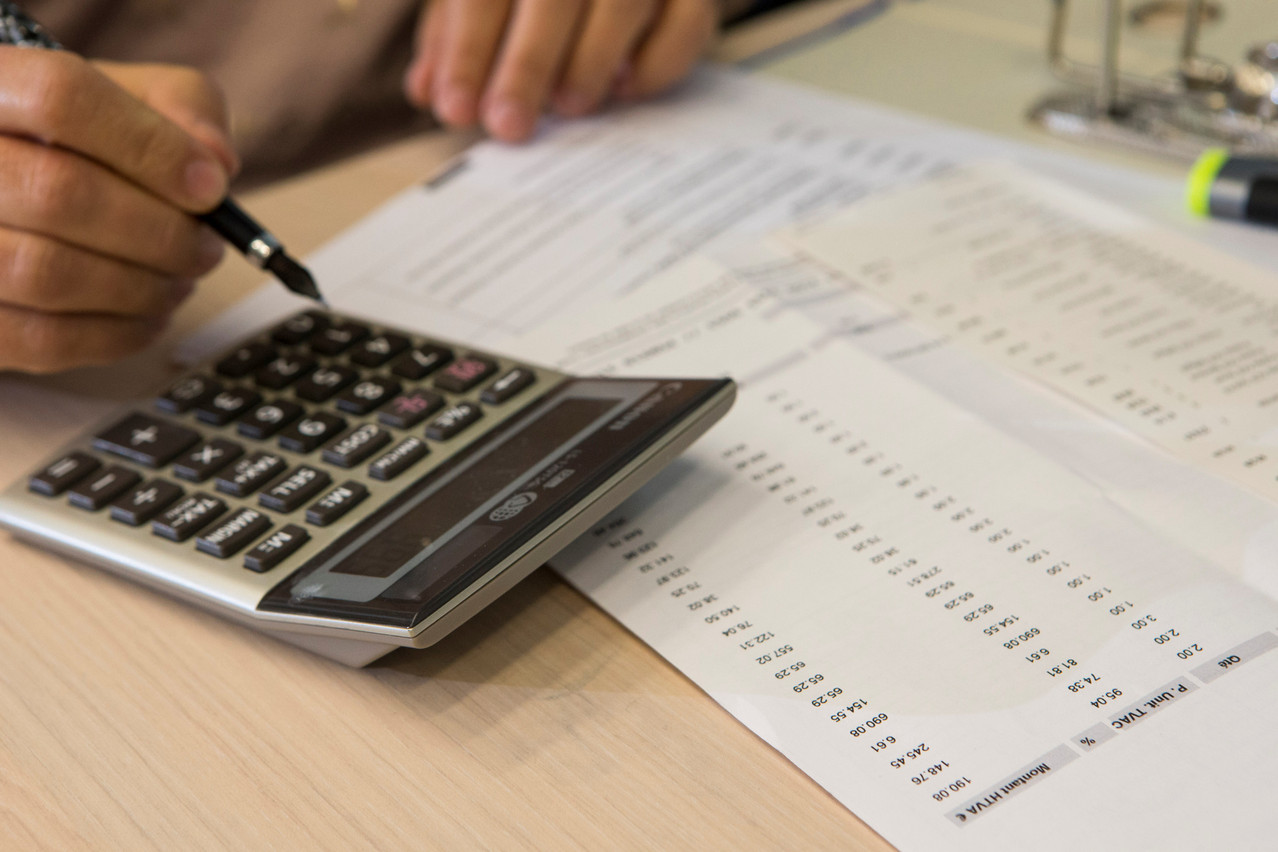For a full annual salary of €69,758, a single employee without children in the grand duchy is left with real purchasing power equivalent to €40,234. That represents a tax burden of 42.32%, the Molinari economic institute showed in its 12th annual study on the real social and fiscal pressure faced by the average wage earner in the EU. The study was compiled using data from EY.
Employers' contributions amount to €8,988 on a gross salary of €60,770, while employees contribute €7,473. Income tax amounts to €10,710, plus an estimated €2,353 in VAT.
The average “real tax rate” for typical workers is 44.5%, which places Luxembourg close to the average. In contrast, the rate drops to 28.42% in Cyprus and rises to 54.76% in Austria.
Austria, France and Belgium have highest rates
To exclude the variables linked to the statistically high gross wage level in Luxembourg, the authors estimate that for an employee to have €100 of purchasing power (excluding social security charges and taxes), he or she must receive €173 in Luxembourg. This is less than the European average of €182, but also considerably less than the amounts calculated for Belgium (€217), France (€220) and Austria (€221), which appear to be the three most greedy countries, fiscally speaking.
A slightly later tax liberation day
A look at what the study calls its so-called tax liberation day calendar, i.e., the estimated day from which employees have finished paying the compulsory deductions made on their income, may be useful. This year in Luxembourg it fell on 4 June, one day later than in 2020.
This indicator also illustrates that the average tax rate in the country has been advancing since 2017, when tax liberation day fell on 29 May.
However, the country appears less oppressive from a tax point of view than the European average, where tax liberation day falls on 12 June. The gap is even more pronounced with neighbouring countries, as it arrives on 3 July in Germany, 16 July in Belgium and 19 July in France.
